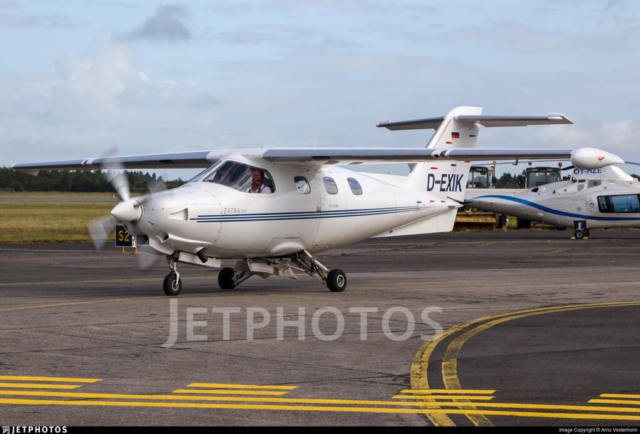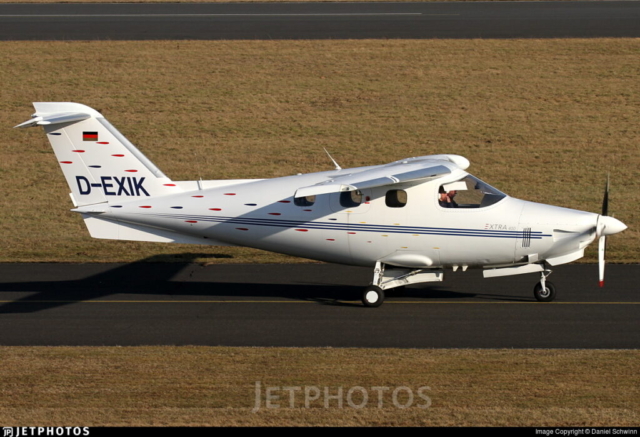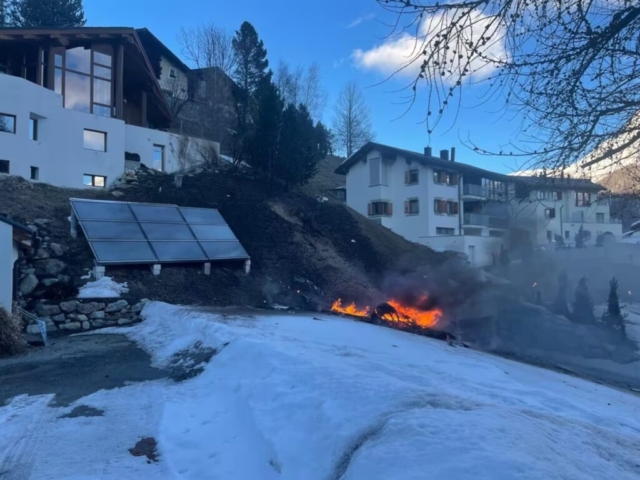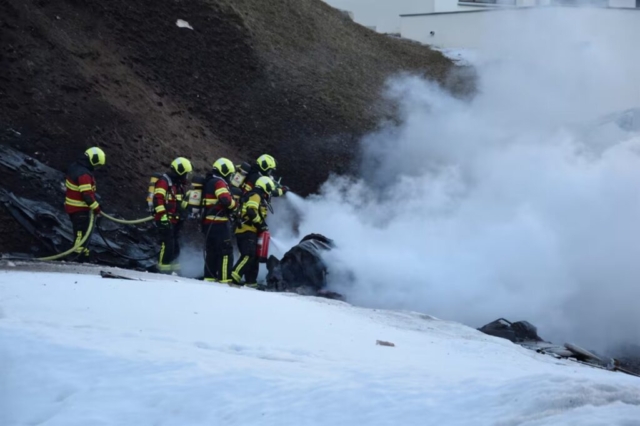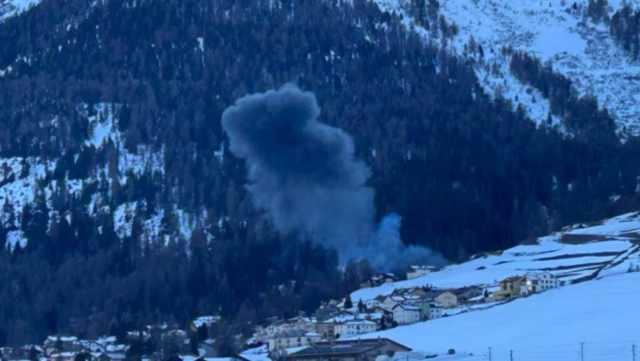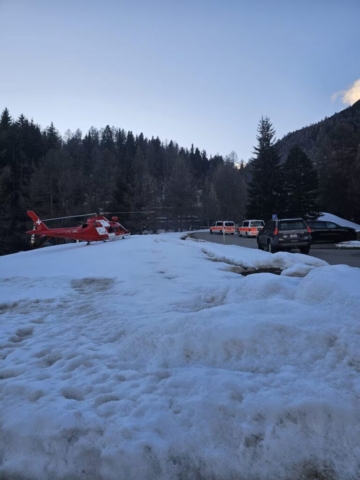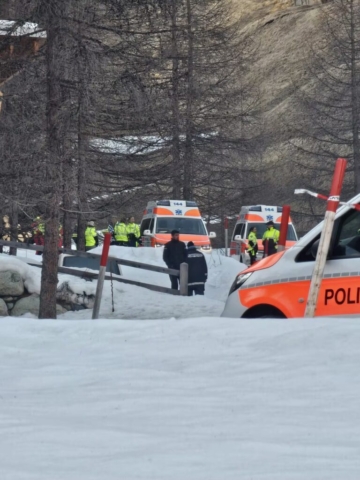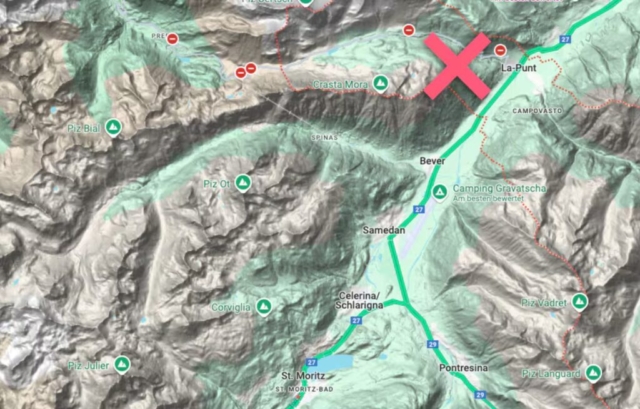Fatal Accident (3) – Extra EA-400, D-EXIK, La Punt GR, Engadin, Switzerland, March 17, 2025

ASX Report | ||||
On March 17, 2025, at approximately 17:20 local time, an Extra EA-400 aircraft registered as D-EXIK crashed in the Engadin region of Switzerland. The aircraft, a six-seat pressurized monoplane designed for private travel, was on its return flight from St. Moritz-Samedan Airport to Roskilde Airport in Denmark. Two minutes after takeoff, the aircraft lost control and impacted the ground on the northern edge of La Punt Chamues-ch, a small village in the Engadin valley. The crash resulted in a post-impact fire that completely destroyed the aircraft and led to the deaths of all three occupants. The Swiss authorities, including the Federal Office of Civil Aviation and the Swiss Safety Investigation Board, have launched an inquiry into the cause of the accident. The Extra EA-400 was designed and manufactured by Extra Flugzeugbau GmbH in Germany. It is a high-wing monoplane with a carbon fiber fuselage and a pressurized cabin, making it a relatively advanced aircraft for private operations. The aircraft is powered by a Teledyne Continental TSIOL-550C turbocharged and intercooled piston engine, which provides 350 horsepower during takeoff. This engine is known for its liquid cooling system, which minimizes the risk of shock cooling but requires careful management during flight. The EA-400 features retractable landing gear, deicing equipment, and a pressurization system, making it capable of high-altitude flight and cross-country operations. However, its relatively low production numbers and complex design have resulted in higher operating costs and maintenance requirements. The aircraft departed Denmark for Switzerland on March 13, 2025, as part of a private journey. On the day of the accident, the crew took off from Samedan Airport, a high-altitude airfield known for its challenging operating conditions due to its mountainous terrain and variable weather. Shortly after takeoff, eyewitnesses reported seeing the aircraft enter an uncontrolled spin before impacting the ground. A loud explosion followed, with a large fireball engulfing the wreckage. Emergency responders, including local police, firefighters, and air rescue units, arrived promptly, but the aircraft was completely destroyed by the fire. Authorities confirmed that the three individuals onboard were deceased upon arrival. The victims of the crash were later identified as a Danish legal professional couple and their son. The family had been traveling together and was returning home after their stay in Switzerland. Their identities were confirmed through investigative coordination between Danish and Swiss authorities. Reports indicate that the occupants were well-experienced travelers, but there is no evidence to suggest they held pilot qualifications. The aircraft was operating under private ownership, and the involvement of a professional pilot has not been confirmed in preliminary reports. The legal team affiliated with the victims released a statement expressing their condolences and acknowledging their contributions to the Danish legal community over the past two decades. The cause of the accident remains under investigation, with multiple agencies collaborating to determine the sequence of events leading to the crash. Investigators are focusing on the possibility of mechanical failure, pilot error, or environmental factors such as wind shear or icing conditions. Given the aircraft’s complete destruction in the post-impact fire, flight data recorders, if present, may have been compromised. Additionally, the EA-400’s liquid-cooled engine, while generally reliable, has specific operational considerations that could have contributed to a loss of power or control during the critical phase of initial climb. Previous incidents involving the Extra EA-400 have included engine failures and aerodynamic control issues, which could be relevant in this investigation. | ||||
Accident Information | ||||
Approx. Accident Location | Aircraft Fatalities 3 | Ground Fatalities 0 | Injured 0 | |
Aircraft Information | ||||
Aircraft Type | Operator Private | Registration D-EXIK | Serial Number 13 | Manufacture date |
Relevent Flight Tracking | ||||
Relevent Social Media | ||||
References | ||||
Local News | World News | Image References | ||
Miscellaneous | ||||
Accident Weather | Official Preliminary Report | Official Final Report | ||

